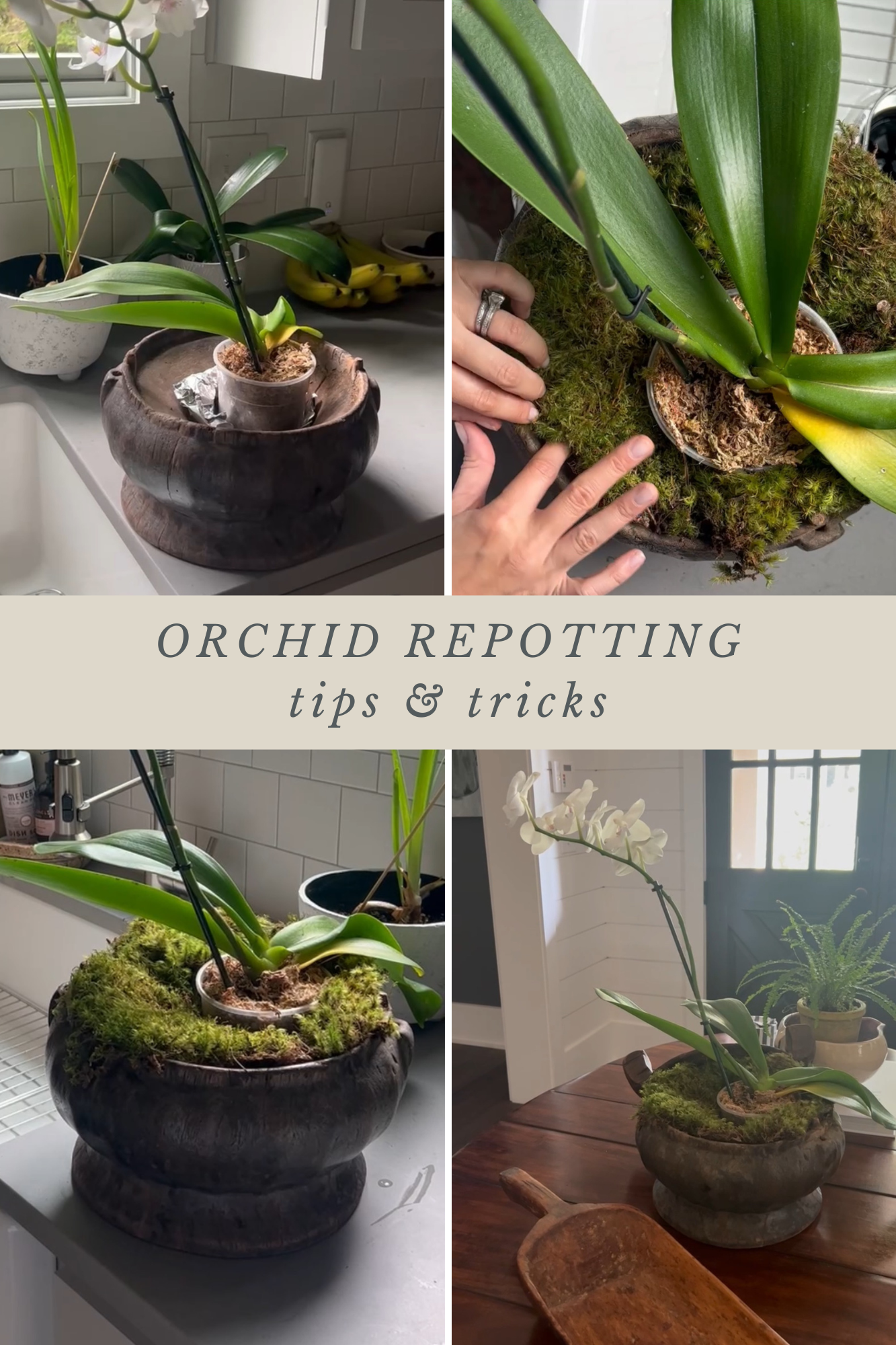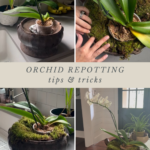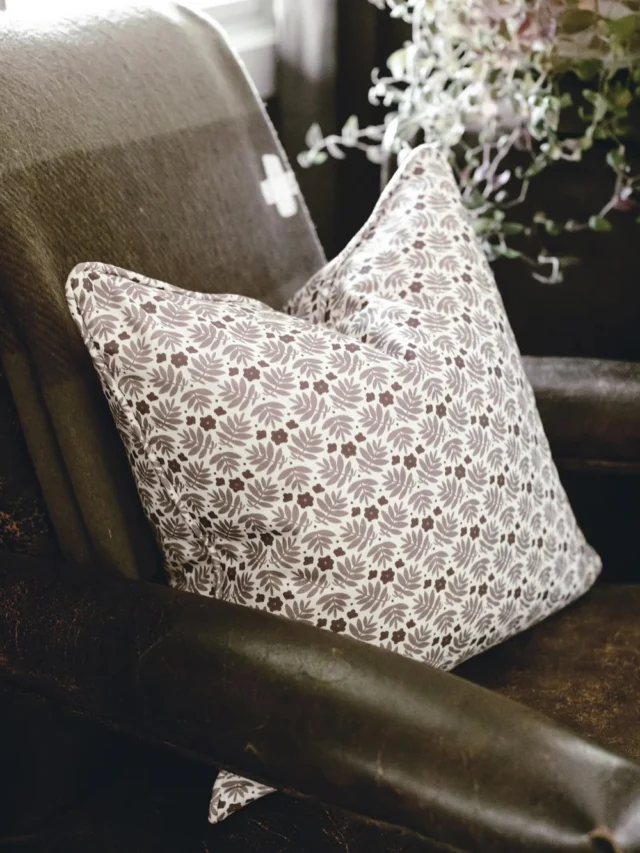Orchids can be tricky to care for, but with this easy-to-follow guide, you’ll be a pro in no time. Learn the basics of orchid care and keep your plants healthy and happy.

Orchids are beautiful and exotic plants that can add a touch of elegance to any home or garden. However, they can also be quite challenging to care for, requiring specific conditions and attention to detail. Here are my go-to tips so you can keep your plants thriving and blooming for years to come.
UNDERSTAND YOUR ORCHIDS NEEDS.
Before you can properly care for your orchid, it’s important to understand its specific needs. Different types of orchids have different requirements for light, water, temperature, and humidity. Research your specific orchid species to determine the best conditions for its growth and health. Once you bring your orchid home, start by submerging the pot int water for a few minutes, then drain as they are usually very dry from the store. You can also dust leaves with damp cloth and a dab of olive oil on a towel will polish & shine the leaves. Over the coming days and weeks, pay attention to any signs of stress or illness in your plant, such as yellowing leaves or wilting flowers, and adjust your care accordingly.
WATERING AND HUMIDITY.
Proper watering and humidity are crucial for the health of your orchid. Most orchids prefer to be watered once a week, but this can vary depending on the species and growing conditions. It’s important to not overwater your orchid, as this can lead to root rot and other issues. Additionally, many orchids require high humidity levels, which can be achieved through the use of a humidifier or by placing a tray of water near the plant.
LIGHT AND TEMPERATURE.
Orchids require specific light and temperature conditions to thrive. Most orchids prefer bright, indirect light, but some species may require more or less light. It’s important to avoid direct sunlight, as this can burn the leaves and damage the plant. Additionally, orchids prefer temperatures between 60-80°F during the day and slightly cooler temperatures at night.
FERTILIZING YOUR ORCHIDS.
Fertilizing your orchids is an important part of their care routine. Orchids require specific nutrients to grow and bloom properly. It’s recommended to fertilize your orchids every two weeks during the growing season (spring and summer) and once a month during the dormant season (fall and winter). Use a balanced fertilizer with equal amounts of nitrogen, phosphorus, and potassium. Be sure to dilute the fertilizer to half strength before applying it to your orchids. Over-fertilizing can damage the roots and leaves of your orchids, so it’s important to follow the recommended guidelines.

REPOTTING YOUR ORCHIDS.
Repotting your orchids is an important part of their care routine. It’s recommended to repot your orchids every one to two years, or when the potting mix breaks down and becomes compacted. When repotting, choose a pot that is only slightly larger than the current one, as orchids prefer to be slightly root-bound. Use a well-draining potting mix specifically designed for orchids. Before repotting, be sure to remove any dead or damaged roots. After repotting, water your orchids thoroughly and avoid fertilizing for a few weeks to allow the roots to adjust to their new environment.
I love to source vessels, and this wooden pot was just perfect. We also have some Vintage Transferware Soup Tureens in our vintage shop, that would be perfect for this as well. Start by lining the pot or container with plastic, tin foil or something waterproof so it doesn’t damage the container and get the sheet moss spread around. You can even add a tiny scrap of moss to the clips that are on the pole that holds up the orchid for an elevated look. Over time, you can cut back the stem and you’ll see new roots begin to grow and sprout as it continues to grow.



















Recent Comments